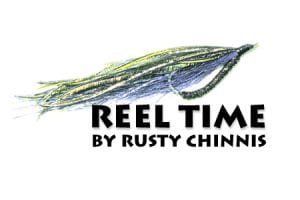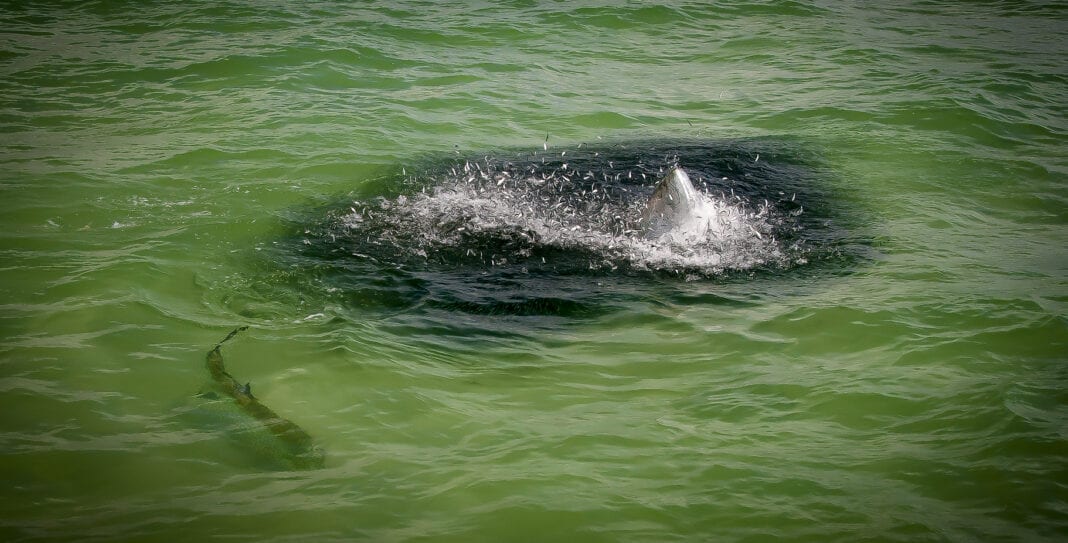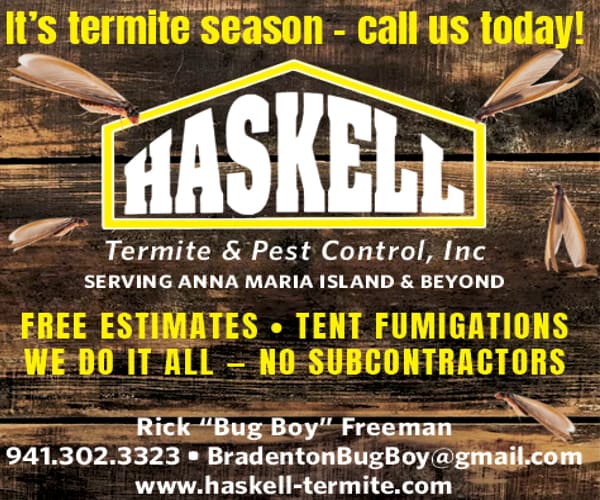Tarpon were the sirens that lured the first tourists to Florida, and their mystique is still in full sway today.
While fly fishing for tarpon holds a mystique of its own, the vast majority of anglers pursue them with conventional tackle. The go-to bait for spin anglers is a live crab. Small blue crabs can be purchased at most bait shops during tarpon season and pass crabs can be dipped from the local passes on a falling tide. Other effective baits include pinfish, threadfin herring and pilchards. Artificial lures like the DOA Bait Buster and the 4- and 6-inch shrimp, jigs and even top water plugs can be effective.
Patience is a critical factor when fishing for tarpon, especially when fly fishing. The most successful anglers find the edge of a sand bar or other underwater feature that tarpon track, anchor in casting range and wait. Sometimes tarpon come at a steady rate, but just as often there are long periods of time when the only thing to look at is the water and the bottom. This really separates the great anglers from the good anglers. There are times when you need to move but knowing when and where is a skill that is developed, if never mastered.
Once set up, the angler must be able to make a 40- to 50-foot cast to a location the size of a dinner plate. Placement of the fly cannot be overemphasized, because tarpon will seldom vary a foot or two from their path to eat a fly. Although there is always the rare exception, a fly must never travel in a path towards the intended target. A tarpon’s prey species wouldn’t survive long if it moved toward its aggressor, and tarpon know it. Besides moving away from the fish, the fly must move at the proper pace, be at the proper depth and never slow down when a tarpon is tracking it. Conversely, you can’t move the fly too fast, taking it out of a tarpon’s range.
Conventional anglers usually look for rolling fish in the near-shore Gulf and motor well ahead of them to intercept their path. Trolling motors can be effective for following a school in deep water but will spook them in the shallows. Knowledgeable guides that have “mastered” multiple presentations to a school of moving fish provide their clients some spectacular results. One thing that all tarpon anglers should practice is courtesy. Often a boat has been working long and hard to get properly set up for a shot and a boat running up on the fish will spoil the day for everyone.
Fortunately, once a tarpon decides to eat, there’s no need to make a lightning-fast hook set. The right set is called a “strip strike” in fly fishing, which involves letting the line come tight and immediately setting the hook with a combination of the line hand and the rod. Conventional anglers should also have the patience to let the line come tight before attempting to hook the fish. Then the angler must at once work to set the hook in the cement-like jaw while being ready for the fish to bolt away from the boat. Tarpon are not trout, and attempting to raise the rod to set the hook is a cardinal mistake.
After a fly angler sets the hook, attention must go immediately to clearing the line (getting the loose line off the deck). In most cases, the angler has been stripping in line when the fish bites and the hook is set. That line can easily foul on the angler, the rod or the reel. Disciplined anglers (successful ones) take their attention from the fish to the line at your feet. They know to hold the rod away from their body and let the excess line pass through their stripping hand with a circle made with the thumb and the forefinger. Once the line is “on the reel,” the hook is set again with several more strip strikes. Conventional anglers often use circle hooks, which don’t require a hook set. Conventional hook sets also require letting the line come tight with the addition of several quick jabs to set the hook. In all cases, the tarpon cannot be aware of the angler before the hook set.
While it’s important to exert maximum pressure on the tarpon during the fight, anglers must yield on jumps. On the jump, the standard maneuver is to thrust the rod forward to relieve pressure on the line. This prevents the tarpon from breaking off if it lands on a taut line. This maneuver is known as “bowing to the king.”
It’s customary to start the engine and get as close to the tarpon as possible after the initial and subsequent long runs. This allows the angler to apply maximum pressure. If a tarpon is a hundred yards from the boat, the stretch of the line makes it impossible to apply any real pressure. Keep the pressure on throughout the fight, but don’t clamp down and try to force the fish to the boat.
The thought that these next few months, the highlight of mine and many other angler’s year, might be sacrificed to the onslaught of a harmful algae bloom is a painful reminder. While there are many bad actors to blame for this misfortune, if we don’t speak up and act, nothing will change until after a disaster. Piney Point is the perfect example. Call your elected officials, attend commission meetings, write letters to the editor, and more importantly, become an active advocate.
Perhaps the best strategy of all is to get excited about, look forward to and get ready for a magical time of the year. While we’re at it, we’ll let the passion fuel our determination to protect it.
































